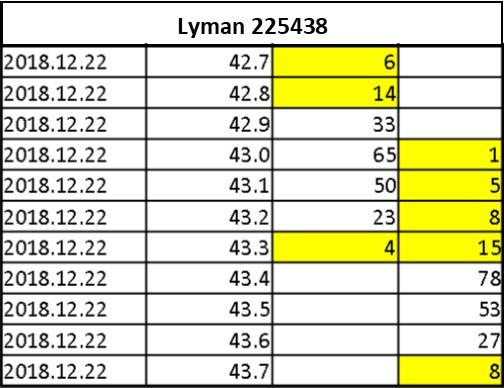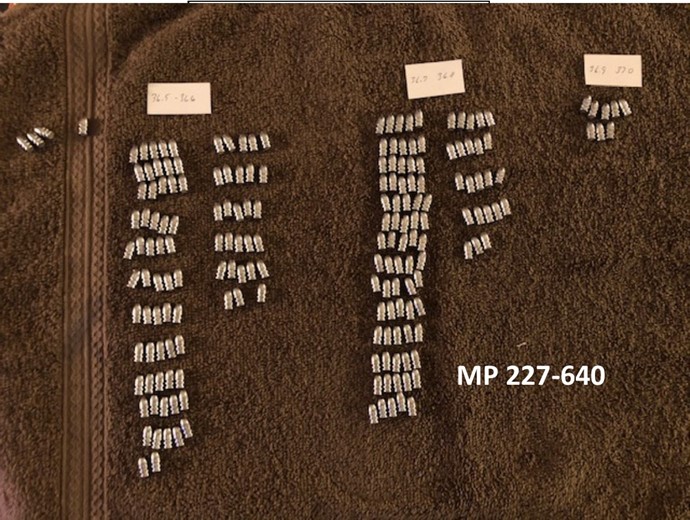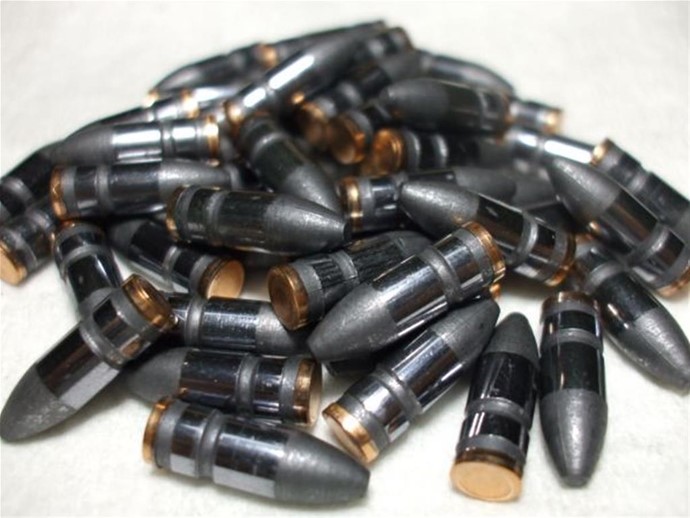Shopdog
posted this
23 February 2021
I'll probably revisit the "415" at some point.
Wrote on here when first getting a two holer.... the sprue plate wasn't hitting on all cylinders. Holes weren't centered,were too big,plate itself a little thin considering the heat sinking of it being a 22 mould,yadayada.
So,I made a 1/2 dz sprue plate "blanks" a touch thicker than factory. Will spare all the surface grinder,fine tuning bits.
The new sprue plate fixed several issues but,didn't fix a slight out of roundness or,that it wasn't behaving in either a 12T 223 or a 14T 22-250. Both of these rigs MUCH preferred other moulds. I didn't donk around with the 415 much after initial loads?
Towards OU812 and powder fouling. Just a cpl notes. On used 22 center fire barrels, like... well used. When first getting them going with some jacked up cast,I have noticed a hard spot about 6-8" up the barrel. These barrels are sorta a dbl edged issue. In one respect,a "worn" 22-250 barrel makes getting HV cast loads easier because of this,"looseness". Especially with large doses of slow burning powder. You get to start out with a larger bullet,and it's a more gradual choking down. But,if you aren't paying attention to that hard spot,the wheels can come off.
I'm not one to "test" by scientific charts and wasting components if,it is patently obvious XYZ ain't hitting on __,and changing the load or bullet to XY?,the bullets are tearing a bughole. That is what happened to this particular "415".
It was up against two tackdriver rigs. Not much to test? Let's see,one ragged hole vs 2" @100. But,whatever floats your boat? The next guy comes along and his rig LOVES the 415.


















